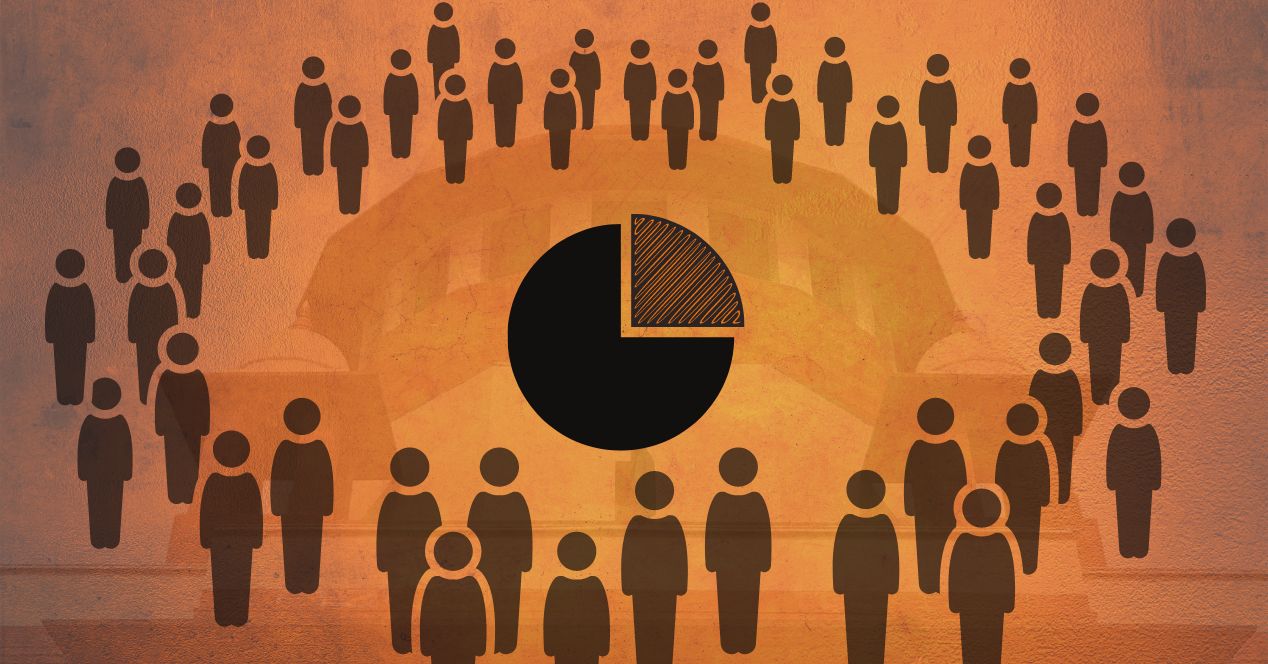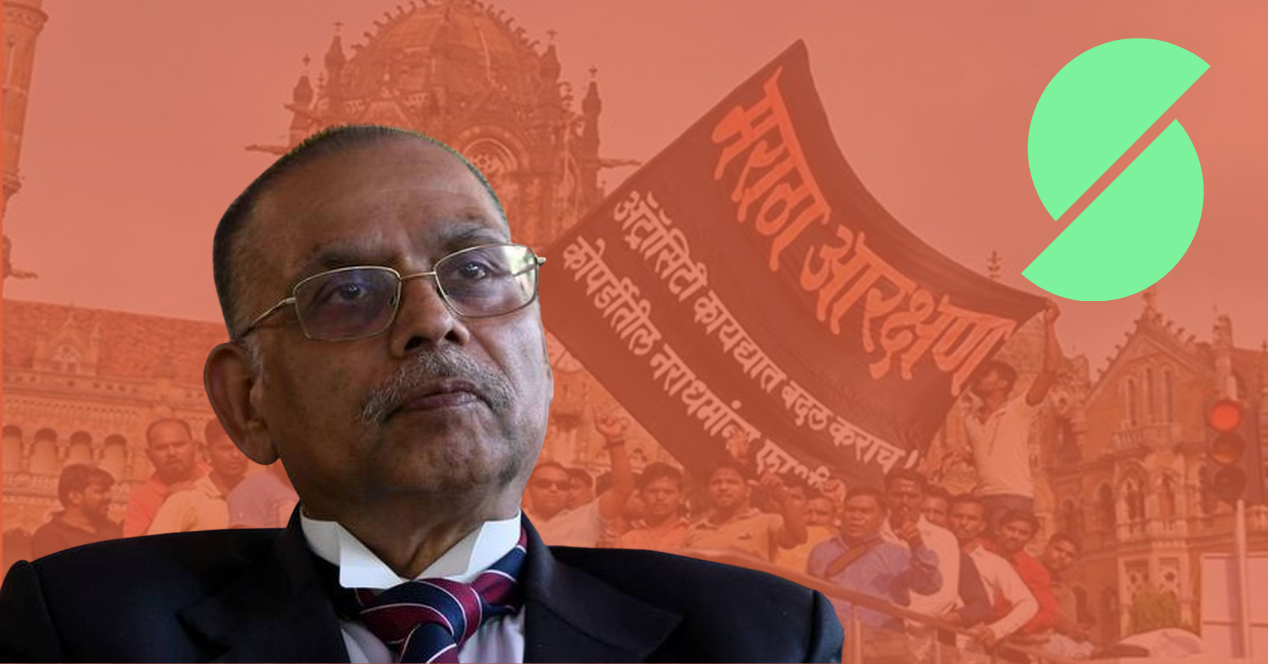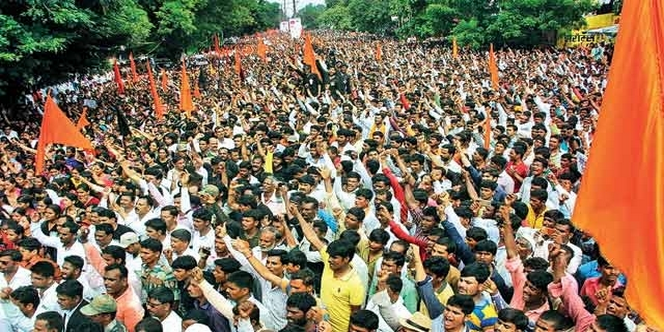Analysis
An opportunity for the Court to reconsider the 50 percent reservation ceiling of ‘Indra Sawhney’
The Bihar government has appealed the High Court’s decision striking down amendments providing 65 percent reservation for backward classes

On 20 June 2024, a Division Bench of the Patna High Court, in Gaurav Kumar v State of Bihar, struck down two amendment laws of the Bihar government: the Bihar Reservation of Vacancies in Posts and Services (for Scheduled Castes, Scheduled Tribes, and Other Backward Classes) (Amendment) Act, 2023, and the Bihar (In Admission in Educational Institutions) Reservation (Amendment) Act, 2023. The amendments sought to increase the percentage of reserved seats for Scheduled Castes (SC), Scheduled Tribes (ST), Extremely Backward Classes (EBC) and Other Backward Classes (OBCs) in government jobs and educational institutions from 50 percent to 65 percent.
The amendments emerged from the findings of the controversial Bihar Caste Census, which reportedly confirmed that 85 percent of the state’s population is from the backward classes. The Caste Census was motivated by claims for proportionate representation in public education and employment.
The Patna High Court struck down the laws on three grounds: (1) “adequate” representation as sought under Article 16(4) did not mean “proportionate” representation; (2) the well-established 50 percent ceiling on reservations was breached to achieve proportionate representation; and (3) the breach, if effected, would be a “total frustration of merit.” On 2 July 2024, the Bihar government appealed the Patna HC’s decision to the Supreme Court. On 29 July, the top court refused to stay the High Court judgement.
The Patna HC decision has prompted some critical commentary. Constitutional scholar Faizan Mustafa noted the interpretive difficulties around terms like “proportionality” and “adequacy” and the relationship between “merit” and the 50 percent ceiling.
Viewed more broadly, the decision should have engaged more deeply with concepts of formal and substantive equality. Significantly, it elided a vital observation by a seven-judge bench in State of Kerala v N.M. Thomas (1975), which doubted whether reservation needs to be limited to 50 percent.
In the appeal, the Division Bench of the Supreme Court will necessarily have to contend with Indra Sahwney v Union of India (1992), where a nine-judge bench, in majority, affirmed substantive equality but insisted on the 50 percent ceiling. In this piece, I argue that the Bihar appeal may require the Supreme Court to refer Indra Sahwney to an eleven-judge bench to develop a more theoretically coherent doctrine on the important questions before it.
Balaji and reservations as exception to equality
In Gaurav Kumar, the Patna High Court relied on Indra Sawhney to hold that the 50 percent ceiling cannot be breached. In Indra Sahwney, four judges had opined that the only circumstance in which the ceiling could be breached was to ensure representation in “far flung and remote areas” where the inhabitants are excluded from the “mainstream of national life.” In Gaurav Kumar, the High Court concluded that Bihar did not display these “extenuating” characteristics.
A quick look at the judicial history of how the ceiling came about raises pressing questions. In 1962, a five-judge bench in MR Balaji v State of Mysore (1962) had noted that reservations under Articles 15(4) and 16(4) must be “within reasonable limits” since the “interests of the weaker sections of society…have to be adjusted with the interests of a community as a whole.” “Speaking generally,” the Court said, “a special provision should be less than 50 percent.”
Over the years, constitutional scholars have suggested that the decision in Balaji endorsed a scheme of formal equality. In simple terms, formal equality is based on an understanding that ‘likes should be treated in a like manner’ and ‘unlikes also should be treated in a like manner’. The idea of substantive equality, on the other hand, rose out of the belief that formal equality is not sufficient to redress the difference between dominant groups and groups that have a history of being oppressed and underrepresented.
Political scientist Vinay Sitapti has suggested that in India’s constitutional scheme, Articles 14 (right to equality), 15(1) (right against discrimination), 16(1) (equality of opportunity in public employment) and 29(2) (right against being denied admission or State funds on the basis of being a minority) embody the principles of formal equality. The provisions that enable affirmative action—Articles 15(4), 16(4), and 46—are not as much for ‘formal equality’ as they are for ‘social justice’.
The judges in Balaji were at pains to separate these provisions of the Constitution into two distinct categories. Sitapati has written about how the consequence of Balaji was that reservations were viewed as an exception to, and not in furtherance of, equality. Scholars like H.M. Seervai and Anirudh Prasad have suggested that this is also how the drafters of the Constitution, including Dr B.R. Ambedkar, viewed these provisions. (Others like Gautam Bhatia have suggested that Ambedkar’s speech has often been misused to argue in favour of the 50 percent ceiling.)
If formal equality was seen as a rule and reservations were its exception, it would be logical to favour the 50 percent ceiling—because the exception cannot be more than a rule. This was the conceptual solution Balaji pushed, and for some years the Court found no issue with it. In Devadasan v Union of India (1964), while deciding the constitutionality of the ‘carry-forward rule’, both the majority led by Justice J.R. Mudholkar and the dissenting opinion of Justice Subba Rao reiterated that reservations should not exceed 50 percent.
NM Thomas and reservations as an expression of equality
An opposite view—one that views reservation through the substantive equality lens—was expressed by the Court in its 1975 decision in NM Thomas. An amendment to the Kerala government’s service rules provided a temporary exemption to SC and ST employees to clear a departmental exam for promotions.
A seven-judge bench, in a 5:2 majority, found the amendment “just and reasonable”. It reasoned that Article 16(4), the “provision of preferential treatment ” for backward classes, was not an exception but an “emphatic” assertion of Article 16(1). Two concurring judges—Justices Fazl Ali and Krishna Iyer—went even further, relying on this logic to express doubts on the rigidity of the 50 percent ceiling.
Justice Iyer contested Balaji’s claim that reservations and equality were competing ideas when he said that Article 16(4) reconciles “the claims of backward people and the opportunity for free competition the forward sections are ordinarily entitled to.” Perhaps such a reading was different from the originalist understanding of the drafters, but it was a necessary evolution to overcome the arbitrary balancing framework the Court had adopted until then. The legal scholar Marc Galanter had this to say about the Court’s approach: “There is a problem not of questionable doctrine but of the absence of doctrine.”
The logic of NM Thomas is of relevance today because it questions the idea of ‘inadequacy’ of representation. The following paragraph should give a sense of how forthright Justice Ali was in the judgement:
“Decided cases of this Court have no doubt laid down that the percentage of reservation should not exceed 50%. As I read the authorities, this is, however, a rule of caution and does not exhaust all categories. Suppose for instance a State has a large number of backward classes of citizens which constitute 80% of the population and the Government, in order to give them proper representation, reserves 80% of the jobs for them, can it be said that the percentage of reservation is bad and violates the permissible limits of clause (4) of Art. 16? The answer must necessarily be in the negative. The dominant object of this provision is to take steps to make inadequate representation adequate.”
NM Thomas was a larger bench than Balaji and Devadasan but since the 50 percent ceiling was not specifically an issue before it, its take on “inadequate representation” remained abandoned to the realm of obiter.
A squandered chance to refer the issue to a larger bench
Sixteen years later, the nine-judge bench in Indra Sawhney had to take a stand on the 50 percent ceiling. The case was about the validity of the implementation of the Mandal Commission report, which had suggested 27 percent reservations for OBCs across the country. While it endorsed the NM Thomas logic that Article 16(4) was not an exception but an elaboration of Article 16(1), it bafflingly arrived at the conclusion that the quota limit could not exceed 50 percent.
Challenging as it has been to cull out the ratio from this judgement, it’s clear that the majority agreed that reservations could not exceed 50 percent in most circumstances. Sitapati put it eloquently when he noted that Indra Sahwney reiterated “the principle of NM Thomas with the consequences of Balaji.”
Since then, the Court has had several opportunities to acknowledge, if not solve, this conceptual absurdity. In 2021, after Maharashtra enacted a law to guarantee 16 percent reservations for Marathas, over the existing 50 percent quotas, a five-judge bench was called upon to consider whether Indra Sawhney’s 50 percent holding should be referred to a larger bench.
The Maharashtra government relied on the view that Indra Sawhney’s ratio was unclear on the ceiling limit. But the Court found no such chaos (Paras 122 to 129 of Justice Ashok Bhushan’s opinion)—it found there was a “thumping majority” on this question (as Gaurav Kumar puts it at Para 6).
The Court did look at the question of Sawhney’s confusing handling of NM Thomas but dismissed it, on the ground that even if Article 16(4) were a facet of equality, there were to be ‘reasonable’ restrictions on it. In his judgement, Justice Bhushan wrote, “What is more reasonable than to say that reservation shall … not exceed 50% of the appointment?” But some commentators have found this reasoning to be strenuous. If Article 16 were to be viewed as affirming substantive equality, Gautam Bhatia wrote, “any figure that accurately reflects the extent of group disadvantage in any given context is “more reasonable” than a flat figure of 50 percent.”
Indra Sawhney was not referred to a larger bench in that matter. A year later, the question of the ceiling came up again before a five-judge bench deciding the Economically Weaker Sections (EWS) reservations case. That was a challenge to a constitutional amendment that introduced an additional 10 percent reservations for EWS, in addition to the 50 percent for backward classes.
The Court skirted around the issue by concluding that the 50 percent ceiling only applied to backward classes reservations. By refusing to accept that confusion exists, it added to the damage. Justice Dinesh Maheshwari’s concurring opinion in the EWS judgement even has such a section titled “Affirmative Action by ‘Reservation’: Exception to the General Rule of Equality.”
One of the legacies of Indra Sawhney’s interpretive error has been the flattening of the substantive equality-based approach in NM Thomas. Since then, the Court has only relied on NM Thomas to create an empty shell—it acknowledges that the equality provisions are meant to be read together but stops short of following through on the consequences of that understanding.
As a result, in the post-Sawhney years, the Court’s handling of the 50 percent ceiling question has not reflected the working of substantive equality. On occasions, even when the ceiling is not the intent of discussion (as in Justice Maheshwari’s opinion in the EWS case), judges of the Court have discarded any ostensible commitment to substantive equality. More recently, Anup Surendranath suggested that Justice B.R. Gavai’s endorsement of the creamy layer exclusion for SC/ST categories in the recent sub-classification decision has cast “a dark shadow on the project of substantive equality.”
The decision of the Patna High Court in Gaurav Kumar is a symptom of this trend. It discusses Balaji, NM Thomas and Indra Sawhney as linear occurrences, concluding that Sawhney merely reconciles the conflicting positions of the former two on the 50 percent ceiling. It summarises its finding as follows:
“The only departure from the principles enunciated in M. R. Balaji has been insofar as finding Article 16(4) to be not an exception; but one in affirmation of the equality clause under Article 16(1). This does not digress from the rule that reservation…has to be confined to 50% which has to be based on adequate [as opposed to proportionate] representation.”
Admittedly, there is little that this Division Bench of the Patna High Court could have done in Gaurav Kumar, with the force of a nine-judge bench and the affirming view of the Maratha Reservation judgement weighing on it.
***
In October 2021, the Union submitted to the Supreme Court that only 15.34, 6.18 and 17.5 percent of Central Government jobs were held by SC, ST and OBC employees respectively. Observed against this reality, the one NM Thomas was in step with, it may be argued that ‘50’ is an arbitrary numerical limit.
In his majority opinion in the recent sub-classification judgement, Chief Justice D.Y. Chandrachud wrote that the goal of reservations should “not be only numerical representation, but qualitative representation as well.” It will be interesting to see if the Court takes the idea of “qualitative representation” further in the Bihar reservations appeal, given that the state government is likely to advance an argument around the numerical element of “adequacy”.
All the more reason to look forward to the Gaurav Kumar appeal, when the Court will have another meaningful opportunity to seek a reasonable clarification on the rationale of the Indra Sahwney ceiling. A Division Bench of CJI Chandrachud and Justices J.B. Pardiwala and Manoj Misra is expected to start hearing arguments in the case in the second week of September.
The Court should do what it didn’t in the Maratha Reservations case: constitute an eleven-judge bench. The responsibility of this bench will inevitably extend beyond revisiting the ceiling—it will have the opportunity to rework the relationship between the concepts of formal and substantive equality, as it is enshrined in the Constitution and as it plays out in legislative policy and practice.




